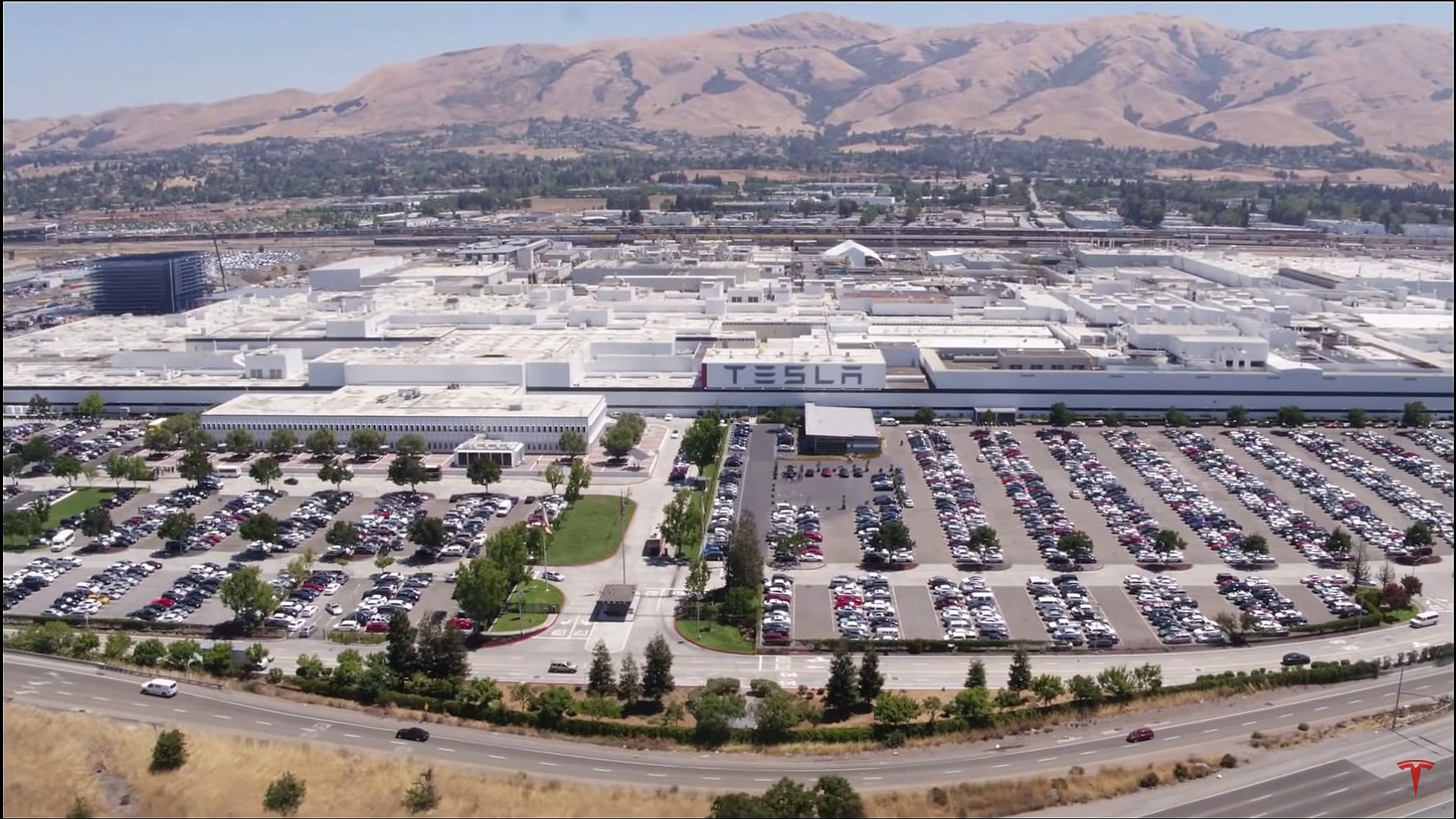

Investor's Corner
Tesla’s word of mouth strategy in focus: Why Elon Musk’s owner-based initiative works
Tesla’s (NASDAQ:TSLA) avoidance of traditional advertising initiatives is one of the most recognizable things about the company, yet it is one that has been questioned several times over the years by Wall Street analysts, investors and even avid fans. Yet, despite these questions, CEO Elon Musk’s answer has always been the same: Tesla does not do traditional advertising. Musk emphasized this point during the last earnings call too, stating that if Tesla would do some form of marketing, it would be strictly informational in nature.
“What we’re seeing is that word of mouth is more than enough to drive our demand in excess of production. We have no plans to advertise at this time. At some point in the future, we may do advertising not in the traditional sense but more to just inform people and make sure they are aware of the product, but not engage in the typical trickery that is commonplace in advertising,” Musk said.
In a conversation with Teslarati, investor and economist @Incentives101 explained that if one looks at Tesla’s word-of-mouth strategy from a mathematical perspective, it would seem that Elon Musk’s stern stance against traditional advertising may actually be well justified. Considering the manner that Tesla has been growing so far, the economist noted that “Elon is probably right. They don’t need advertisement and probably will never need it.” The following sections explains this point.
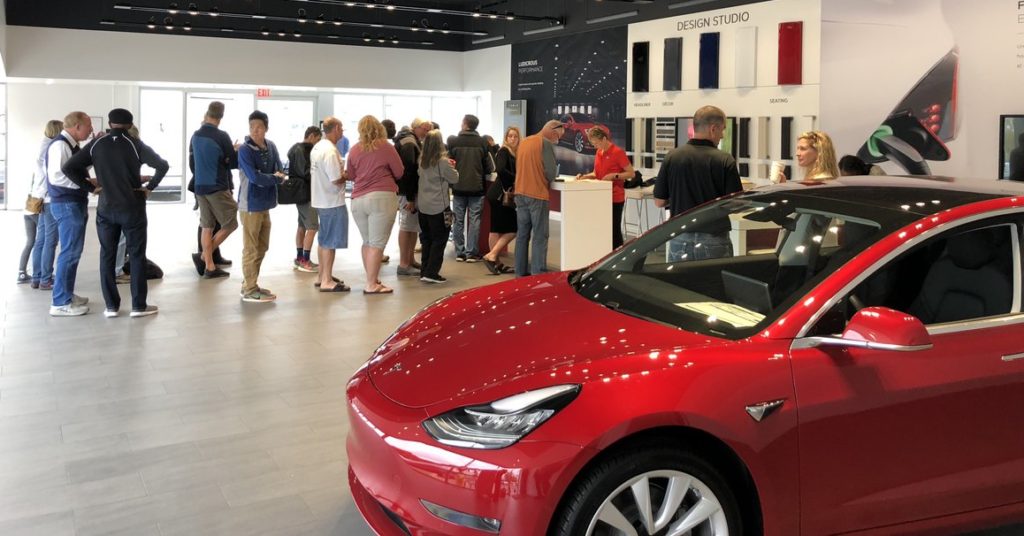
How Customers Learn About Tesla
There are generally three ways a new customer could learn about Tesla and its products: 1)Elon’s/Tesla goodwill, 2) customers’ own research, or 3) through an existing Tesla owner. Tesla relies heavily on current owners spreading the word and converting people they know into new electric car owners. Most people call this strategy the “Network Effect,” but the economist states that this is a misinterpretation.
“The Network Effect is technically applied to how a product increases its value from a network. The telephone is the most obvious example. One or two telephones in the world are useless, but the more there, are the more useful they become. In a way, you have to treat this like a disease. If you analyze (Tesla’s) strategy, you not only need information to flow. You need the information that changed hands to have an effect. In this case, the purchase of another Tesla. The most similar models to this strategy out there are how diseases spread,” the investor said.
These mathematical models try to predict how a disease will be spread considering different assumptions and variables. Among those variables are the number of susceptible individuals, of infected people and of recovered people, as well as the rate of contagion. For purposes of this illustration, information is equal to a virus and the main variables are the number of people that want to buy a car in that period of time within a target price range or TCO (susceptible individuals), the number of owners at the time (infected people), and the average number of people that an owner would convert in that period of time (contagion). This will be referred to in this article as the ‘T’ variable.
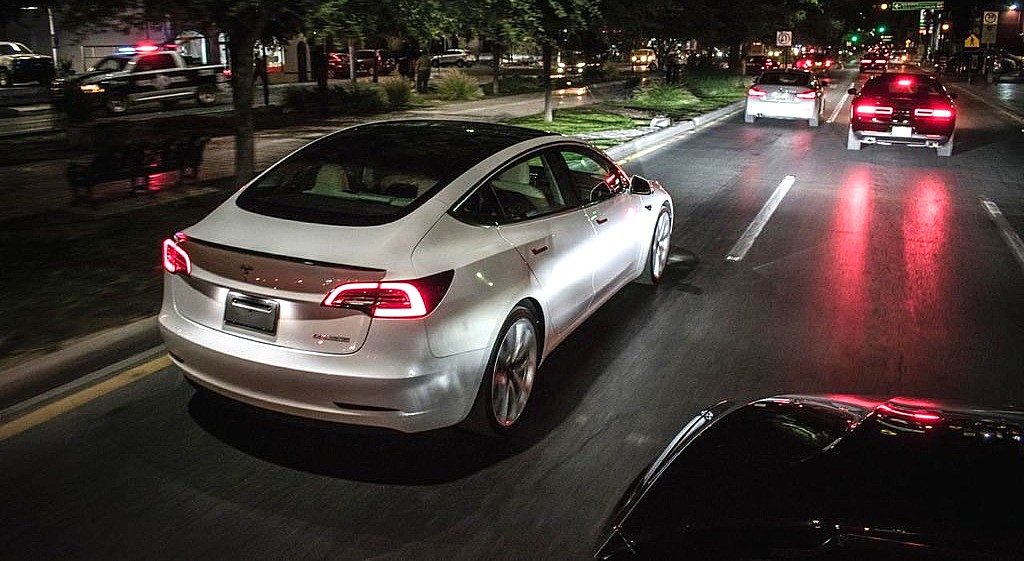
How Tesla spreads
The investor explains this further in the following statement. “The easiest way to understand this is the following. Imagine you’re looking at a decision tree. Each node is a new person with a Tesla in a period of time and how many nodes come out of that person is our ‘T.’ In each period of time that you’d want to measure, there are more assumptions that would need to be made. For example, an owner never ‘recovers’ so not only they ‘infect’ people but they will be contagious in perpetuity.
“Let’s analyze the spectrum of possible solutions. If T>=1, it would mean that information is flowing very efficiently and it will behave exponentially even if the time it takes for an owner to spread enough information to convert someone is relatively high. You need to consider that today, there are more than half a million owners. The faster the person transmits the ‘virus,’ the better,” he said.
There is no way to approximate these variables with the information available to us today. But recently, Tom Randall from Bloomberg released the findings of a study involving 5,000 Model 3 owners. According to the study’s results, 99% of Model 3 owners are pretty much satisfied with the vehicle, and they are willing to recommend the electric car to friends and family. A number of assumptions could be drawn from these results, as per the investor.
“If you consider what would be the worst scenario for Tesla, it would mean a very long time for contagion to spread, with the ‘T’ variable being very close to zero. But with the information provided in the Bloomberg report, there is a very high probability that ‘T’ is not close to zero at all. Instead, there’s a good chance that ‘T’ is probably very close to 1,” the economist said.
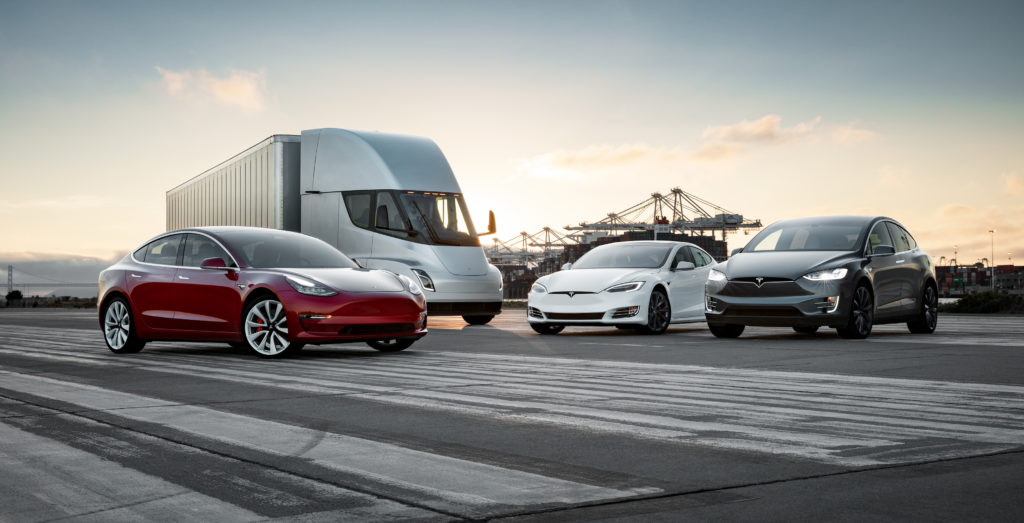
Growing Without Traditional Advertising
These assumptions would mean that Tesla can continue to grow without engaging in traditional advertising. Looking at Tesla’s history, we can see that this strategy or combination of strategies have worked. But is there an optimal time to have an information campaign? “It seems that the sooner, the better” the investor explained. “If you look at how this strategy functions, theoretically, the best time to have an information campaign is when they’ll have the least amount of owners and when they’ll increase production dramatically. So in theory this means in the next few months as Tesla continues to hit its stride with Model 3 and begin producing the Model Y, high volume vehicle that Elon Musk expects will outsell the Model S, X, and Model 3 combined. This doesn’t mean they need one, it just means it could be the best time,” he added.
It wouldn’t be accurate to assume that this strategy or combination of strategies is what creates demand. Any company could choose to have either this strategy or spend millions of dollars in advertising and demand wouldn’t necessarily go up or down. “Consumers need information to make decisions — it’s a very important factor — but demand is a function of several factors, particularly consumer preferences. Under perfect information, there is zero doubt demand for Tesla’s will rise as we explained in this note,” the investor noted.
“Tesla’s word-of-mouth strategy helps spread information, but if this product didn’t have a fundamental effect in consumers, it wouldn’t really matter. I’m confident that if banks or media had someone looking at this problem from the consumer side, we would never see a note about alleged ‘demand problems’ again. Tesla has never had a demand problem and data shows that they won’t face one. But they might face an information gap, particularly with how media misinforms consumers,” the economist said.
Disclosure: I have no ownership in shares of TSLA and have no plans to initiate any positions within 72 hours.
Investor's Corner
Tesla could save $2.5B by replacing 10% of staff with Optimus: Morgan Stanley
Jonas assigned each robot a net present value (NPV) of $200,000.

Tesla’s (NASDAQ:TSLA) near-term outlook may be clouded by political controversies and regulatory headwinds, but Morgan Stanley analyst Adam Jonas sees a glimmer of opportunity for the electric vehicle maker.
In a new note, the Morgan Stanley analyst estimated that Tesla could save $2.5 billion by replacing just 10% of its workforce with its Optimus robots, assigning each robot a net present value (NPV) of $200,000.
Morgan Stanley highlights Optimus’ savings potential
Jonas highlighted the potential savings on Tesla’s workforce of 125,665 employees in his note, suggesting that the utilization of Optimus robots could significantly reduce labor costs. The analyst’s note arrived shortly after Tesla reported Q2 2025 deliveries of 384,122 vehicles, which came close to Morgan Stanley’s estimate and slightly under the consensus of 385,086.
“Tesla has 125,665 employees worldwide (year-end 2024). On our calculations, a 10% substitution to humanoid at approximately ($200k NPV/humanoid) could be worth approximately $2.5bn,” Jonas wrote, as noted by Street Insider.
Jonas also issued some caution on Tesla Energy, whose battery storage deployments were flat year over year at 9.6 GWh. Morgan Stanley had expected Tesla Energy to post battery storage deployments of 14 GWh in the second quarter.
Musk’s political ambitions
The backdrop to Jonas’ note included Elon Musk’s involvement in U.S. politics. The Tesla CEO recently floated the idea of launching a new political party, following a poll on X that showed support for the idea. Though a widely circulated FEC filing was labeled false by Musk, the CEO does seem intent on establishing a third political party in the United States.
Jonas cautioned that Musk’s political efforts could divert attention and resources from Tesla’s core operations, adding near-term pressure on TSLA stock. “We believe investors should be prepared for further devotion of resources (financial, time/attention) in the direction of Mr. Musk’s political priorities which may add further near-term pressure to TSLA shares,” Jonas stated.
Investor's Corner
Two Tesla bulls share differing insights on Elon Musk, the Board, and politics
Two noted Tesla bulls have shared differing views on the recent activities of CEO Elon Musk and the company’s leadership.

Two noted Tesla (NASDAQ:TSLA) bulls have shared differing views on the recent activities of CEO Elon Musk and the company’s leadership.
While Wedbush analyst Dan Ives called on Tesla’s board to take concrete steps to ensure Musk remains focused on the EV maker, longtime Tesla supporter Cathie Wood of Ark Invest reaffirmed her confidence in the CEO and the company’s leadership.
Ives warns of distraction risk amid crucial growth phase
In a recent note, Ives stated that Tesla is at a critical point in its history, as the company is transitioning from an EV maker towards an entity that is more focused on autonomous driving and robotics. He then noted that the Board of Directors should “act now” and establish formal boundaries around Musk’s political activities, which could be a headwind on TSLA stock.
Ives laid out a three-point plan that he believes could ensure that the electric vehicle maker is led with proper leadership until the end of the decade. First off, the analyst noted that a new “incentive-driven pay package for Musk as CEO that increases his ownership of Tesla up to ~25% voting power” is necessary. He also stated that the Board should establish clear guidelines for how much time Musk must devote to Tesla operations in order to receive his compensation, and a dedicated oversight committee must be formed to monitor the CEO’s political activities.
Ives, however, highlighted that Tesla should move forward with Musk at its helm. “We urge the Board to act now and move the Tesla story forward with Musk as CEO,” he wrote, reiterating its Outperform rating on Tesla stock and $500 per share price target.
Tesla CEO Elon Musk has responded to Ives’ suggestions with a brief comment on X. “Shut up, Dan,” Musk wrote.
Cathie Wood reiterates trust in Musk and Tesla board
Meanwhile, Ark Investment Management founder Cathie Wood expressed little concern over Musk’s latest controversies. In an interview with Bloomberg Television, Wood said, “We do trust the board and the board’s instincts here and we stay out of politics.” She also noted that Ark has navigated Musk-related headlines since it first invested in Tesla.
Wood also pointed to Musk’s recent move to oversee Tesla’s sales operations in the U.S. and Europe as evidence of his renewed focus in the electric vehicle maker. “When he puts his mind on something, he usually gets the job done,” she said. “So I think he’s much less distracted now than he was, let’s say, in the White House 24/7,” she said.
TSLA stock is down roughly 25% year-to-date but has gained about 19% over the past 12 months, as noted in a StocksTwits report.
Investor's Corner
Cantor Fitzgerald maintains Tesla (TSLA) ‘Overweight’ rating amid Q2 2025 deliveries
Cantor Fitzgerald is holding firm on its bullish stance for the electric vehicle maker.
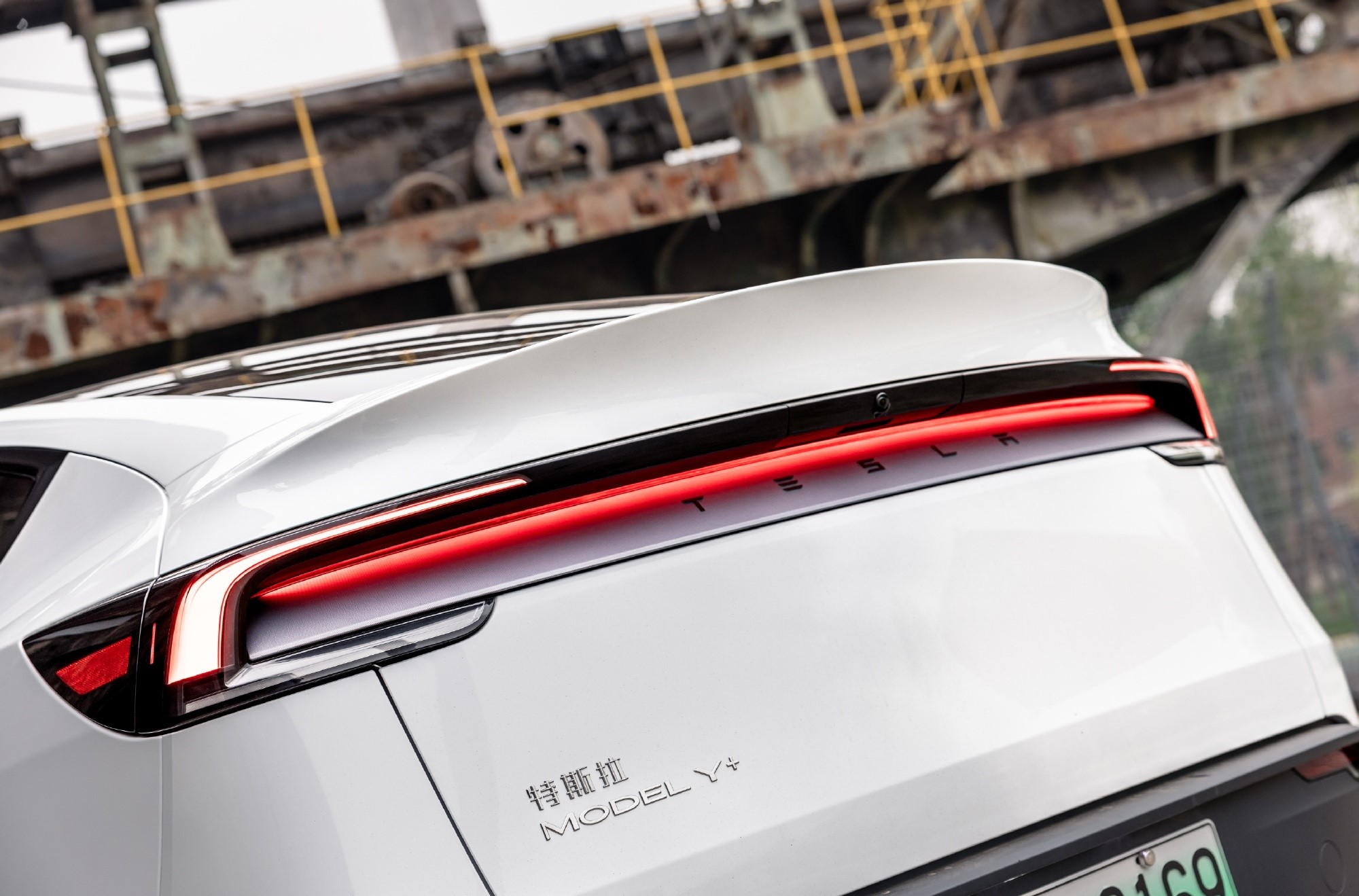
Cantor Fitzgerald is holding firm on its bullish stance for Tesla (NASDAQ: TSLA), reiterating its “Overweight” rating and $355 price target amidst the company’s release of its Q2 2025 vehicle delivery and production report.
Tesla delivered 384,122 vehicles in Q2 2025, falling below last year’s Q2 figure of 443,956 units. Despite softer demand in some countries in Europe and ongoing controversies surrounding CEO Elon Musk, the firm maintained its view that Tesla is a long-term growth story in the EV sector.
Tesla’s Q2 results
Among the 384,122 vehicles that Tesla delivered in the second quarter, 373,728 were Model 3 and Model Y. The remaining 10,394 units were attributed to the Model S, Model X, and Cybertruck. Production was largely flat year-over-year at 410,244 units.
In the energy division, Tesla deployed 9.6 GWh of energy storage in Q2, which was above last year’s 9.4 GWh. Overall, Tesla continues to hold a strong position with $95.7 billion in trailing twelve-month revenue and a 17.7% gross margin, as noted in a report from Investing.com.
Tesla’s stock is still volatile
Tesla’s market cap fell to $941 billion on Monday amid volatility that was likely caused in no small part by CEO Elon Musk’s political posts on X over the weekend. Musk has announced that he is forming the America Party to serve as a third option for voters in the United States, a decision that has earned the ire of U.S. President Donald Trump.
Despite Musk’s controversial nature, some analysts remain bullish on TSLA stock. Apart from Cantor Fitzgerald, Canaccord Genuity also reiterated its “Buy” rating on Tesla shares, with the firm highlighting the company’s positive Q2 vehicle deliveries, which exceeded its expectations by 24,000 units. Cannacord also noted that Tesla remains strong in several markets despite its year-over-year decline in deliveries.
-

 Elon Musk1 day ago
Elon Musk1 day agoWaymo responds to Tesla’s Robotaxi expansion in Austin with bold statement
-

 News1 day ago
News1 day agoTesla exec hints at useful and potentially killer Model Y L feature
-

 Elon Musk2 days ago
Elon Musk2 days agoElon Musk reveals SpaceX’s target for Starship’s 10th launch
-

 Elon Musk3 days ago
Elon Musk3 days agoTesla ups Robotaxi fare price to another comical figure with service area expansion
-

 News1 day ago
News1 day agoTesla’s longer Model Y did not scale back requests for this vehicle type from fans
-

 News1 day ago
News1 day ago“Worthy of respect:” Six-seat Model Y L acknowledged by Tesla China’s biggest rivals
-

 News2 days ago
News2 days agoFirst glimpse of Tesla Model Y with six seats and extended wheelbase
-

 Elon Musk2 days ago
Elon Musk2 days agoElon Musk confirms Tesla is already rolling out a new feature for in-car Grok








